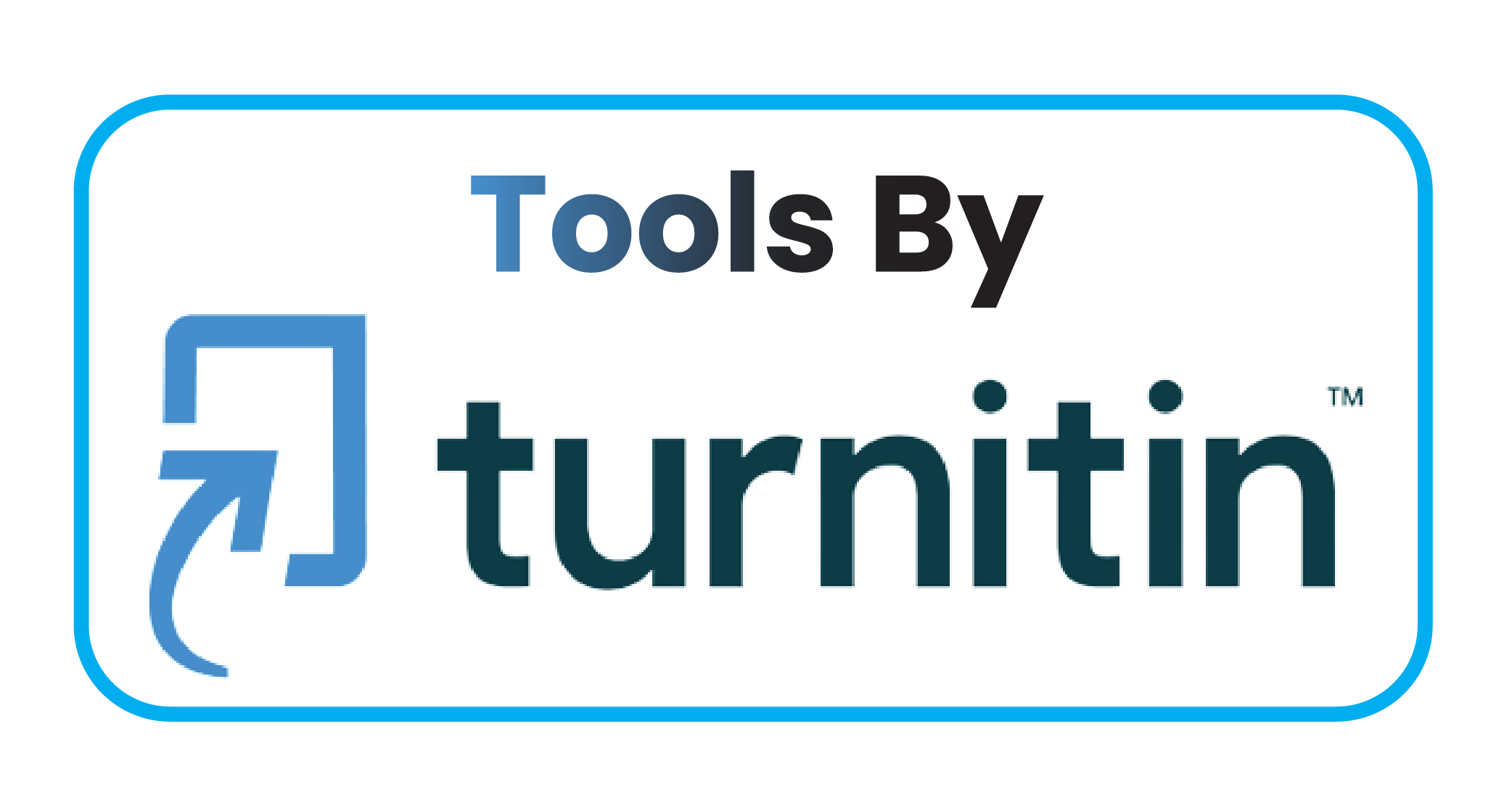Control Studies Puddle with Planning Channel Cut (Shortcut) on the Channel Irrigation Sengkaling Kiri District Lowokwaru, Malang City
DOI:
https://doi.org/10.59888/ajosh.v3i10.593Keywords:
Rainfall, Runoff surface, Design discharge, Channel Cut, ShortcutAbstract
The drainage system in Malang City currently relies on the Sengkaling Kiri irrigation network to discharge urban drainage water. However, the existing channel capacity is insufficient to accommodate the increasing water flow during rainfall events due to channel narrowing and sedimentation. This limitation has resulted in frequent waterlogging and localized flooding, particularly around Jl. Soekarno Hatta, Jl. Ahmad Yani, and Jl. Lt. Gen. Sutoyo. This research aims to evaluate the performance of the current drainage system, identify the primary causes of flooding, and propose effective solutions to reduce inundation in these critical areas. The study employs a descriptive and analytical approach, combining field surveys, hydrological data collection, and hydraulic modeling to assess the channel’s capacity and identify critical points of overflow. The findings reveal that the current Sengkaling Kiri irrigation network has experienced significant sedimentation and reduced cross-sectional area, leading to a capacity deficit during peak discharge events. Proposed solutions include channel widening, sediment removal, and the construction of alternative drainage routes, such as diverting part of the flow directly from the Sengkaling Kiri network to the nearest Sungai Brantas. These interventions are expected to significantly reduce waterlogging and improve flood management in the affected areas. The implications of this study highlight the importance of regular maintenance, capacity upgrades, and the integration of urban drainage systems with natural waterways to ensure long-term flood resilience in rapidly developing urban areas.
References
Beven, K. (2016). Rainfall-runoff modelling: The primer (2nd ed.). Wiley-Blackwell.
Fekete, A., Hufschmidt, G., & Kruse, S. (2019). Benefits and challenges of green infrastructure for urban flood management. Sustainability, 11(24), 7013. https://doi.org/10.3390/su11247013
Harto, S. (1993). Hydrological analysis. Erlangga.
Hermawan, B., & Mardyanto, P. (2019). Evaluation of drainage system for inundation problems at subdistricts of Lowokwaru, Malang City. IOP Conference Series: Earth and Environmental Science, 239(1), 012013. https://doi.org/10.1088/1755-1315/239/1/012013
Herold, M., Couclelis, H., & Clarke, K. C. (2018). The role of spatial metrics in the analysis and modeling of urban land use change. Computers, Environment and Urban Systems, 77, 101363. https://doi.org/10.1016/j.compenvurbsys.2018.01.003
Huang, Y., Yu, S., & Xu, L. (2020). Urban flood risk assessment based on land use and river morphology. Water, 12(6), 1725. https://doi.org/10.3390/w12061725
Latif, A., Yulianti, R. S., & Setiawan, A. I. (2020). The effect of urbanization on flood disaster: A case study in Jakarta. IOP Conference Series: Earth and Environmental Science, 451(1), 012049. https://doi.org/10.1088/1755-1315/451/1/012049
Luo, H., Ma, C., & Zhou, Y. (2021). Impacts of impervious surfaces on urban flooding: A simulation study using SWMM. Journal of Hydrology, 598, 126487. https://doi.org/10.1016/j.jhydrol.2021.126487
Li, S., Zhuang, Y., Liu, H., Wang, Z., Zhang, F., Lv, M., Zhai, L., Fan, X., Niu, S., & Chen, J. (2023). Enhancing rice production sustainability and resilience via reactivating small water bodies for irrigation and drainage. Nature Communications, 14(1), 3794.
Prasetyo, A., & Nurhasanah, L. (2021). Analysis of urban flood vulnerability due to irrigation channel conversion in suburban areas. Journal of Environmental Management and Sustainability, 10(2), 88–96.
Putra, H. Y., Ardiansyah, R., & Suryanto, A. (2023). Impacts of agricultural land conversion on hydrological processes in rapidly urbanizing regions. Environmental Science and Policy, 142, 1–12. https://doi.org/10.1016/j.envsci.2023.103766
Ramadhan, A., Siregar, D., & Yuliana, M. (2019). Urban land use changes and its implications on water drainage systems: A study in East Java. International Journal of Urban Planning, 5(1), 45–56.
Saputra, R. A., Wahyudi, R., & Handayani, N. (2022). Function shift of irrigation to drainage: A hydrological hazard perspective. Journal of Water Resources and Infrastructure, 11(3), 125–137.
Slaets, J. I. F., Schmitter, P., Hilger, T., Vien, T. D., & Cadisch, G. (2016). Sediment trap efficiency of paddy fields at the watershed scale in a mountainous catchment in northwest Vietnam. Biogeosciences, 13(11), 3267–3281.
Suripin. (2003). Sustainable urban drainage systems. Andi Publisher.
Tan, Y. L., Pang, Y. H., Ooi, S. Y., Khoh, W. H., & San Hiew, F. (2023). Stacking ensemble approach for churn prediction: Integrating CNN and machine learning models with CatBoost meta-learner. Journal of Engineering Technology and Applied Physics, 5(3), 45–58.
Widodo, H., & Suharyanto, S. (2020). Planning and challenges in urban drainage infrastructure: A case study of Malang City. Indonesian Journal of Urban and Regional Planning, 17(1), 33–45. https://doi.org/10.14710/jpur.17.1.33-45
Wibowo, A., Setiawan, Y., & Nurhadi, D. (2023). Integrated methodology for urban flood mitigation in Bandung, Indonesia. IOP Conference Series: Earth and Environmental Science, 1257(1), 012024. https://doi.org/10.1088/1755-1315/1257/1/012024
Yin, J., Yu, D., & Wilby, R. L. (2022). Modelling the impacts of rapid urban expansion on urban flood risk in megacities: A case study in China. Science of the Total Environment, 823, 153722. https://doi.org/10.1016/j.scitotenv.2022.153722
Zhang, L., Aggarwal, C., & Qi, G.-J. (2017). Stock price prediction using deep learning. In Proceedings of the 2017 ACM on Conference on Information and Knowledge Management (pp. 2121–2124). ACM.
Zhang, Q., Kumar, A., & Lee, S. (2024). Scalability challenges in machine learning for big data: Performance degradation analysis. Big Data Research, 38, 100–115.
Zhang, J., Xiong, Y., Jiang, P., Yuan, N., & Liu, F. (2025). Multiscale Water Cycle Mechanisms and Return Flow Utilization in Paddy Fields of Plain Irrigation Districts. Agriculture, 15(11), 1178.
Downloads
Published
Issue
Section
License
Copyright (c) 2025 Bagus Akbar, Donny Harisuseno, Sumiadi

This work is licensed under a Creative Commons Attribution-ShareAlike 4.0 International License.
Authors who publish with this journal agree to the following terms:
- Authors retain copyright and grant the journal right of first publication with the work simultaneously licensed under a Creative Commons Attribution-ShareAlike 4.0 International. that allows others to share the work with an acknowledgement of the work's authorship and initial publication in this journal.
- Authors are able to enter into separate, additional contractual arrangements for the non-exclusive distribution of the journal's published version of the work (e.g., post it to an institutional repository or publish it in a book), with an acknowledgement of its initial publication in this journal.
- Authors are permitted and encouraged to post their work online (e.g., in institutional repositories or on their website) prior to and during the submission process, as it can lead to productive exchanges, as well as earlier and greater citation of published work.










